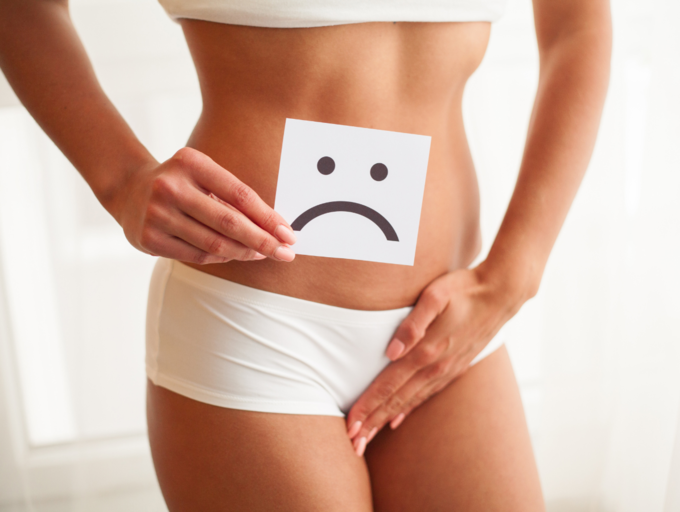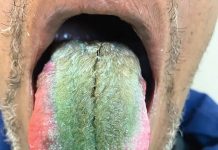1. What is pubic lice?

Pubic lice, also called crabs, are tiny insects that can live on body hair, especially the pubic hair around the penis or vagina. They do not affect hair on the head and spread through close body contact, mostly through sexual contact. Here are some signs you may be infected with pubic lice and how to get rid of them.
2. How to identify pubic lice

Pubic lice are very small in size – 2mm long, and are gray-brown in color. They are usually hard to spot but sometimes you may be able to see them in your hair. They most often live on pubic hair around the penis or vagina. However, they can also be found in hair on the chest, armpits, face and eyelashes.
3. Signs you have pubic lice

According to the NHS UK, here are some signs you may have pubic lice:
- Itching, which is usually worse at night
- Small red or blue spots on your skin (signs of lice bites)
- White/yellow dots attached to your hair (lice eggs)
- Dark red or brown spots in your underwear (lice poo)
- Crusted or sticky eyelashes (if they’re affected)
4. Treatment for pubic lice

Pubic lice will not go away without treatment. It is important to see your doctor for prescribed medication. The main treatments involve using medicated creams or shampoos to kill the lice. According to the NHS UK, you usually need to use the treatment on your whole body and leave it on for a few hours before washing it. You may need to repeat this a week later to ensure all the lice have been killed. It is best to ask your doctor on how to approach the treatment.
5. How to stop pubic lice spreading

If you are infected with pubic lice, it is essential to seek treatment and follow appropriate measures to prevent spreading it to anyone else as well as stop the lice from coming back. NHS UK advised to wash your clothes and bedding on a hot wash (50C or higher), get them dry cleaned, or put them in a plastic bag for at least a week to help kill any lice that may be on your clothes. Vacuum your mattress as well to remove any lice.











